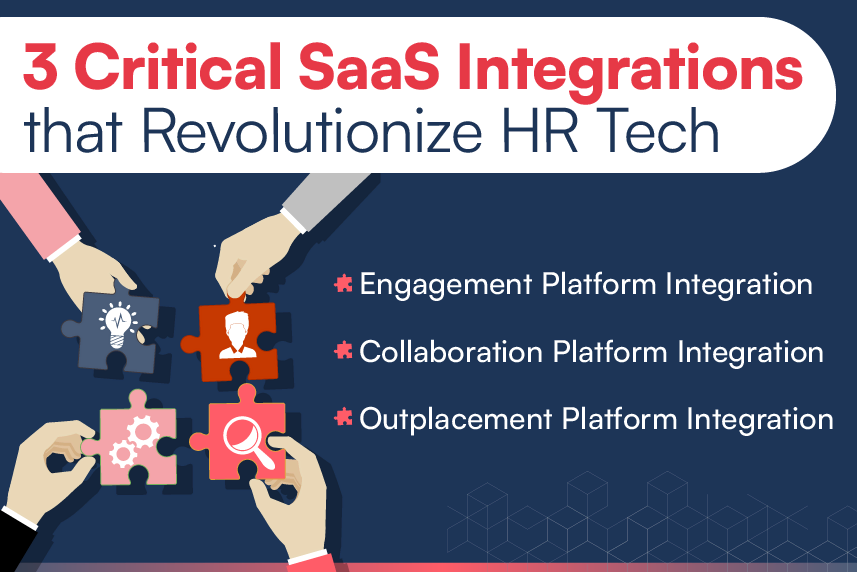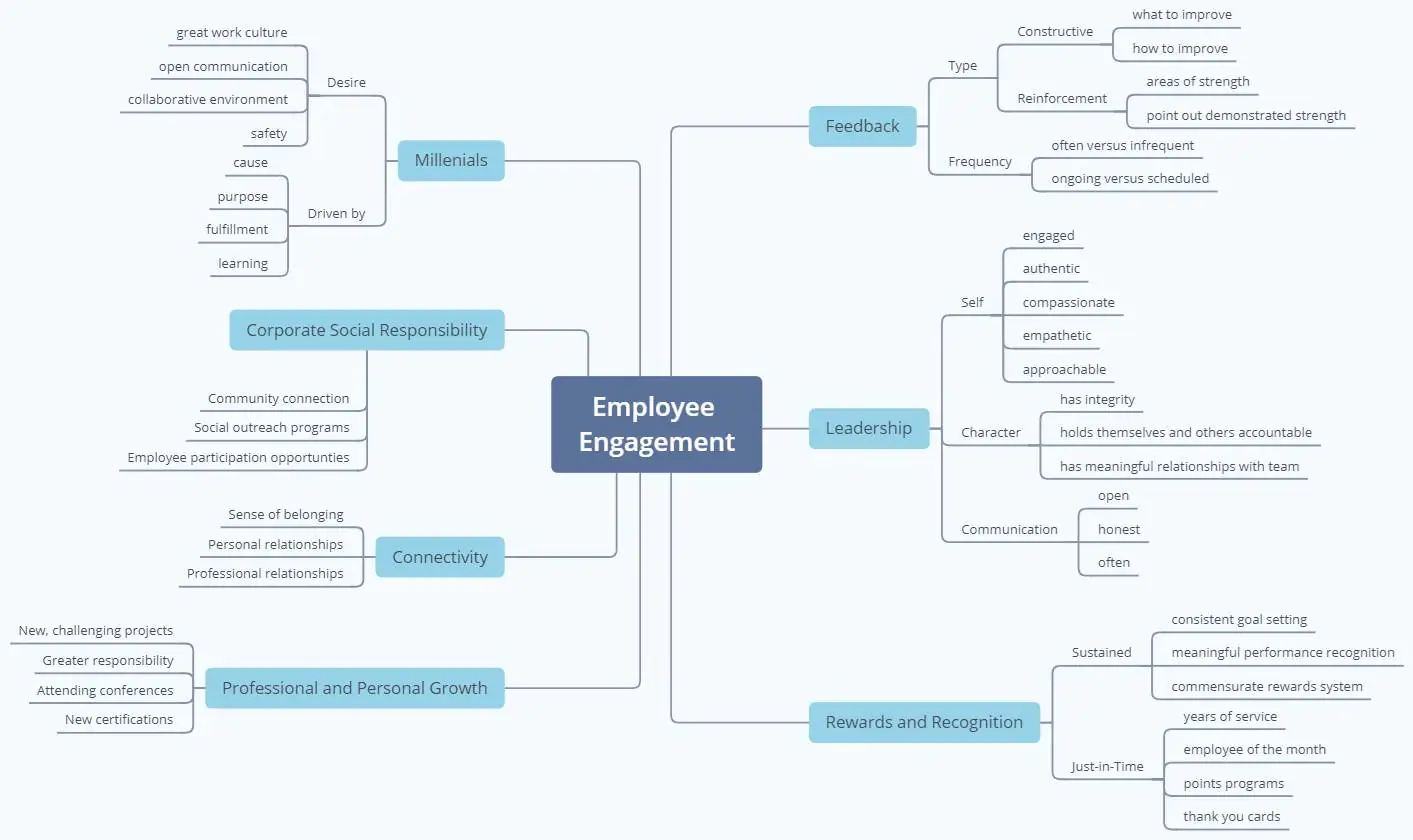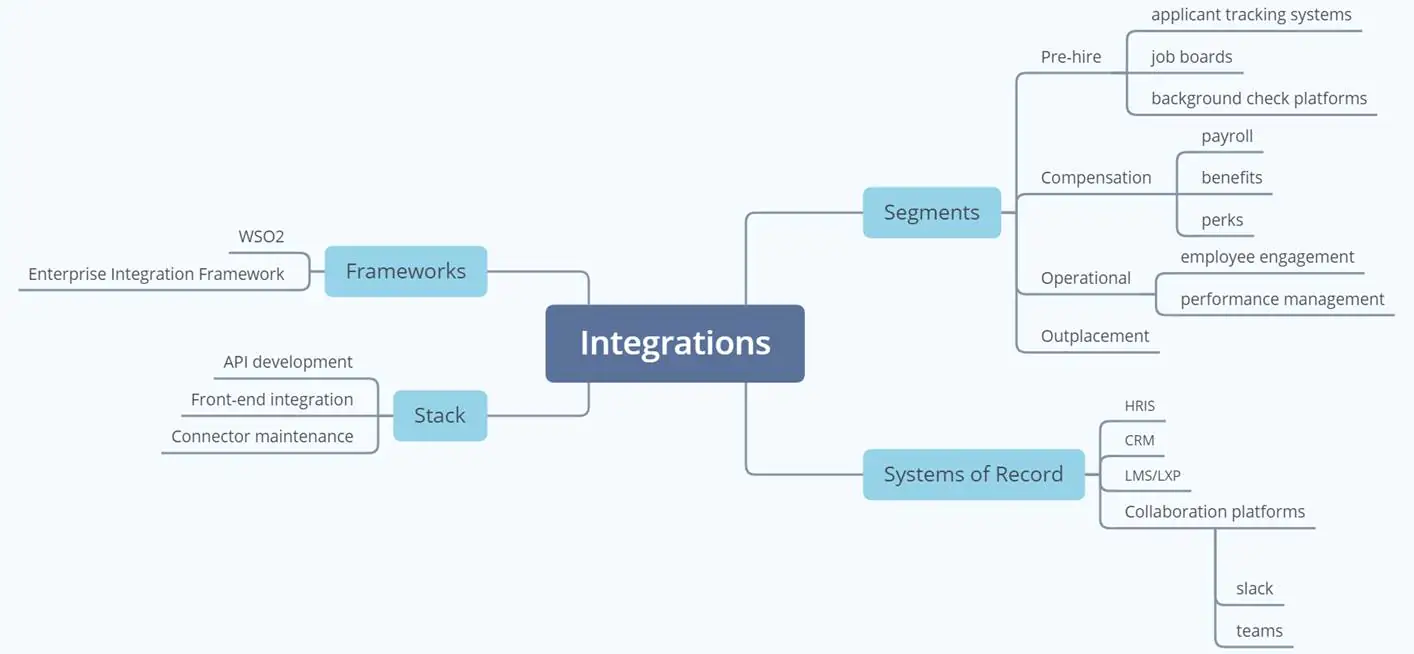
To put it in context, this blog deals with integration of the myriad systems used in the area of human resources. There is an explosion of such software in the marketplace with offerings ranging from standalone products to all-encompassing integrated HRtech platforms that serve HR needs from recruitment to outplacement and everything in between. Companies large and small tend to have a mix of these products and platforms in addition to other enterprise systems. The desire is for these disparate systems to work together to provide a seamless, smooth HR experience for all actors in the HR ecosystem.
Most of the integrations we at Harbinger encounter are in the area of recruitment. Such integrations involve Applicant Tracking Systems (ATS) integrated with Background Check Systems and Job Boards, or Human Resource Information System (HRIS) integrated with Mobility Platforms, or other similar combinations. With the global economy in for a shock and social distancing being practiced now the world over, we see three areas benefiting from enhanced integration in the current situation and in the future as well. These are Employee Engagement, Collaboration, and Outplacement.
System Integration with Employee Engagement Platforms
At present, with practically all employees working from home, increased focus on employee engagement is essential. A work environment should provide a place for employees to naturally stay engaged. Companies need to enable such activity online now, much more than before, to keep employees committed and enthusiastic. At Harbinger, we are experiencing this new mode of ~100% remote work for the very first time. It has made us creative in ensuring employees remain engaged. Integrating Employee Engagement Systems with HRIS, on that note, certainly makes this easier for HR leaders and teams that use these products.
So what drives employee engagement? There are several factors that do so with some topping the list. The mind map below calls out important aspects of this area. Many products in the marketplace have offerings that cater to one or two such topics. These need to be integrated with the main HCM/HRIS that a company uses for a comprehensive view of how engaged employees are. Such integration is symbiotic and immensely beneficial for both the HRIS as well as employee engagement products and platforms.

Integration with Collaboration Platforms
Being able to collaborate effectively, even while at a distance, is essential for business continuity. There are several platforms that offer collaboration capability. These are mostly standalone, yet have a wealth of information that should be, at a minimum, linked with a HRIS. We use Microsoft Teams. How do you still encourage all employees to collaborate on the corporate platform?
Let us consider a possible scenario. While working on a Request For Proposal (RFP) response, a large team has been collaborating for days. There have been Zoom call recordings, some with video on wherever bandwidth was not an issue or culture was not a hurdle; ideas were discussed; meaningful kudos were given among team members for specific contributions or work done in Chat; and content added in Files. How does a manager see these kudos, the artifact for which the employee received the kudos, and the story behind all of this while everyone is socially distant? Can we take snippets of a Zoom video where an architect describes a solution architecture using AWS and store it under the relevant microlearning topic in a company’s Learning Management System (LMS)? Can slides in presentations be tagged for easy search and reuse in other slide decks?
All these questions lead to the need for integration of HR and collaboration systems touched in the flow of work. The need becomes all the more pressing in today’s new normal.
Integration with Outplacement Systems
The final area of opportunity for integration is Outplacement services. Times like these, unfortunate as they are, require systems that make it seamless for displaced people land their next job as soon as possible. Outplacement platforms are enriched when they can provide a 360° solution to their clients in locating their next employment. This includes:
- Online training videos in resumé writing, creating a LinkedIn profile, how to ace job interviews.
- Chatbots that help explain various offerings.
- Access to a job corpus that is refreshed every day.
- Instant access to company information, Glassdoor rating, and so on, while browsing a job.
- Access to training videos on content to prepare for job interviews.
- Social mentor networks.
- Alumni networks.
- Integration with other systems to efficiently and effectively help people find jobs.
Harbinger’s SaaS Integration Experience
Harbinger Systems has the solution. We have been integrating a variety of systems thereby providing a seamless user experience. The mind map below gives some information on the systems we can help our customers integrate. We will be happy to discuss your challenges and provide solutions that enable seamless workflows incorporating your product or platform.

Please contact us on how we can help you integrate your platform with other products for a superior user experience, better market penetration, and increased revenue for your company.





